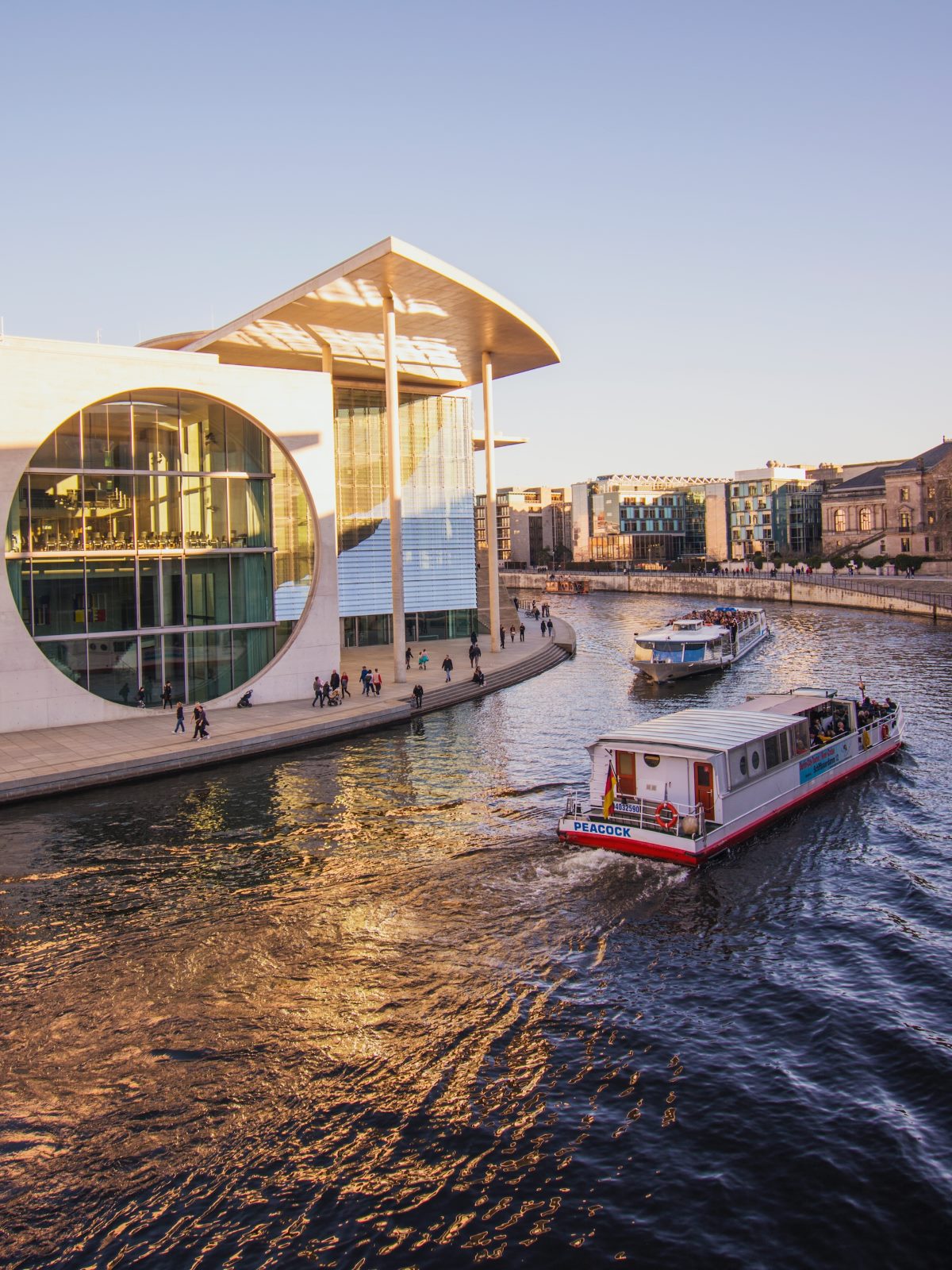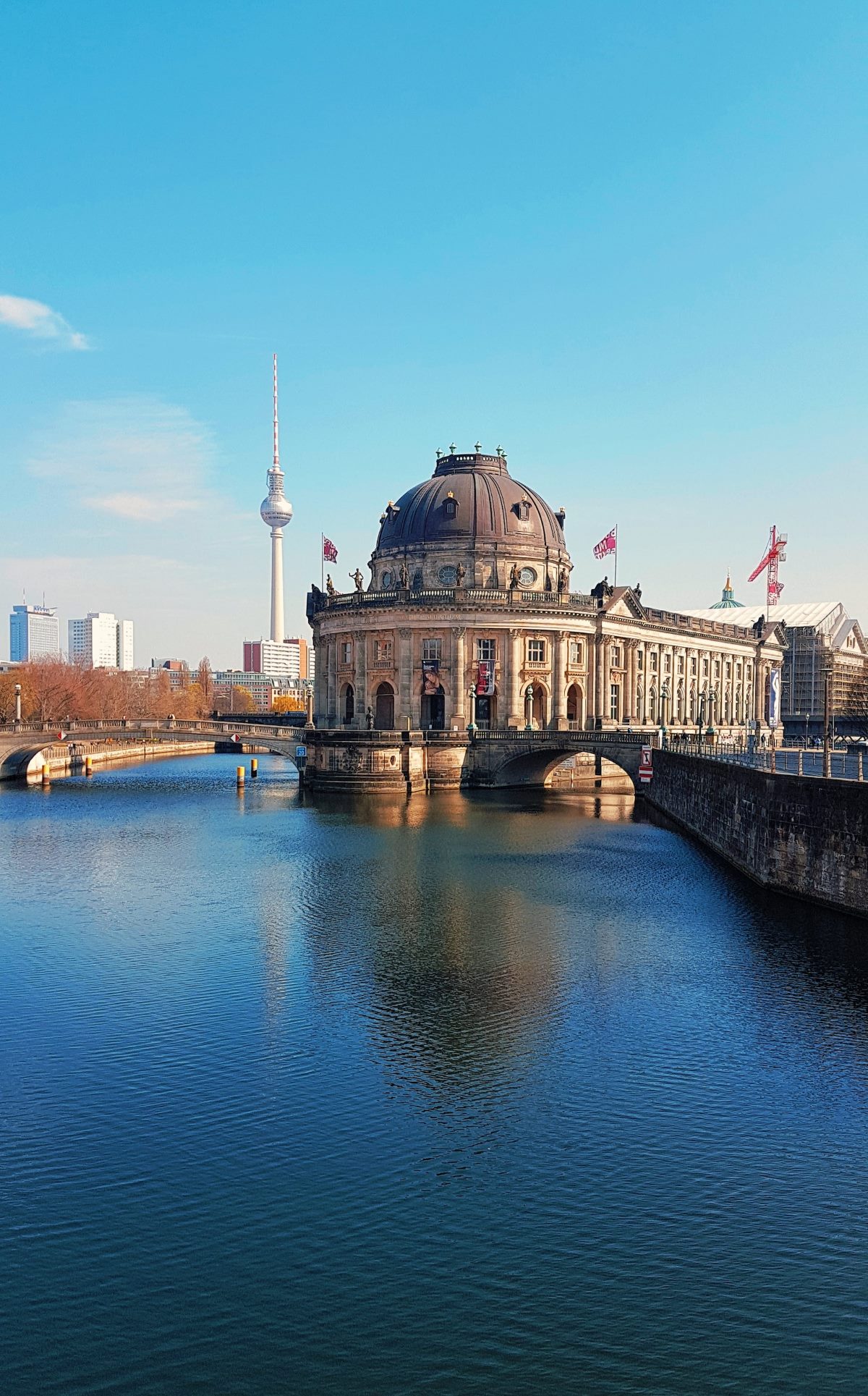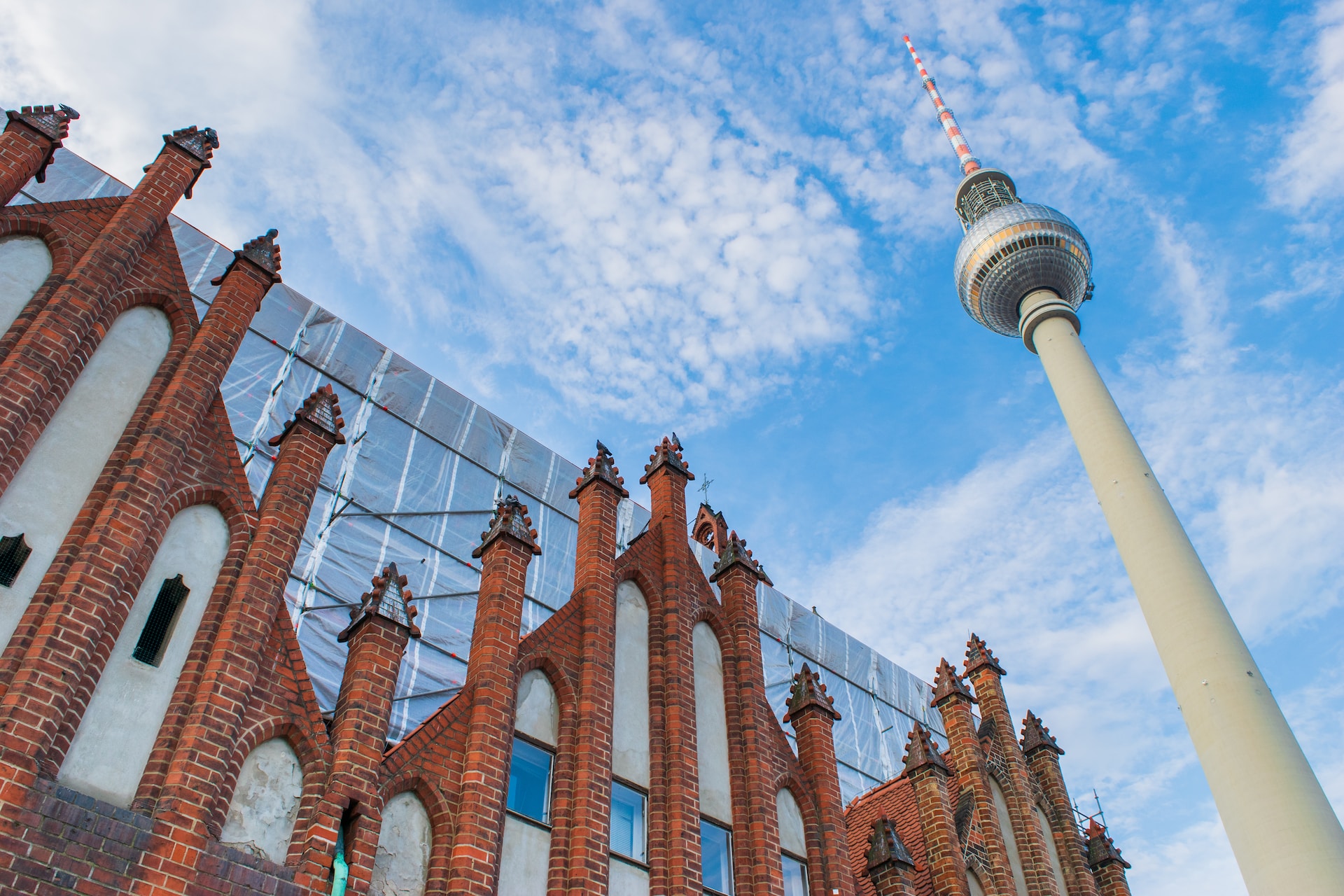Introduction
After World War II Berlin became divided into East Berlin and West Berlin as two separate sections with distinct characteristics. The division produced major contradictions between Eastern and Western Berlin regarding their political systems together with economic differences and way of life patterns and possibility horizons. The following essay investigates the distinctions between Eastern and Western Berlin while answering which part proved superior.
History of the Division
After World War II ended in 1945 Germany received its first-ever four-way partition through occupation zones directed by the Allied Powers. East Berlin came under Soviet control together with East Germany while West Berlin remained under U.S., British and French governance of West Germany. The division between East and West functioned as the socio-political manifestation linking Soviet Union and Western powers during the Cold War era.
-
Economic Aspects
After World War II West Berlin developed so fast that it represented the “economic miracle” that emerging Germany underwent. The establishment received big financial backing from Western nations that in turn boosted its development while elevating its standard of living. Under Soviet rule East Berlin maintained a socialist economy that produced restricted economic opportunities alongside governmental industry management and decreased levels of living quality.
-
Political Differences
West Berlin survived as a democratic city which maintained freedoms during elections and enabled unrestricted media through its independent press. During that time it offered protection to all those who fled Communist control in East Germany while remaining firm in its Western intellectual principles. East Berlin operated under Communist rule while the citizens lived under political restrictions and minimal civil rights protection as Stasi agents constantly monitored them.
-
Cultural and Social Life
People from every corner of the world gathered in West Berlin because its cultural activities thrived with artists and musicians and intellectuals. The city presented multiple entertainment choices featuring theaters and museums and active nightlife events. East Berlin maintained strict control over artistic expression because the government practiced censorship as well as severe restrictions on artistic freedom.
-
The Berlin Wall
After 1961 the Berlin Wall ascended across the city which deepened the contrast between East Berlin and West Berlin. The physical barrier cut East Berlin off from all other city areas and isolated families together with their relatives and close friends from each other. The Berlin Wall functioned as a symbol of repression for East Berliners as well as serving to stop East Germans from migrating westward.
Conclusion
Whether East or West Berlin offers a better living environment rests solely on personal choices influenced by individual set values. People favored West Berlin because it delivered higher economic prospects together with full political independence and exceptional cultural festivals. East Berlin secured social security benefits but restricted personal rights to accomplish this goal. The difference between East and West Berlin transcended its physical attributes because it symbolized the competing ideological systems throughout the Cold War era. The analysis of Berlin’s historical development requires inclusion of these specific elements when determining the better historic section of the city.
Table of Contents




